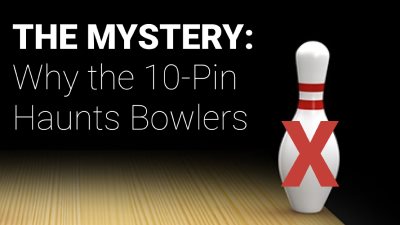Ideal Connection with the Pocket
The "pocket" in bowling refers to the optimal area on the lane where the bowling ball should make contact with the pins to maximize pin carry and increase the chances of striking. For right-handed bowlers, the pocket is typically between the 1 and 3 pins, while for left-handed bowlers, it's between the 1 and 2 pins. When facing the 10-pin, it suggests that your ball didn't hit this pocket area precisely. This could be due to various factors, including the angle of attack and entry point onto the lane. Both are influenced by lane conditions and choice of equipment.

Approach Angle and Entry Point
The "approach angle" refers to the angle at which the ball travels down the lane towards the pins. If the approach angle is too steep, the ball may not enter the pocket at the ideal angle for maximum pin carry.
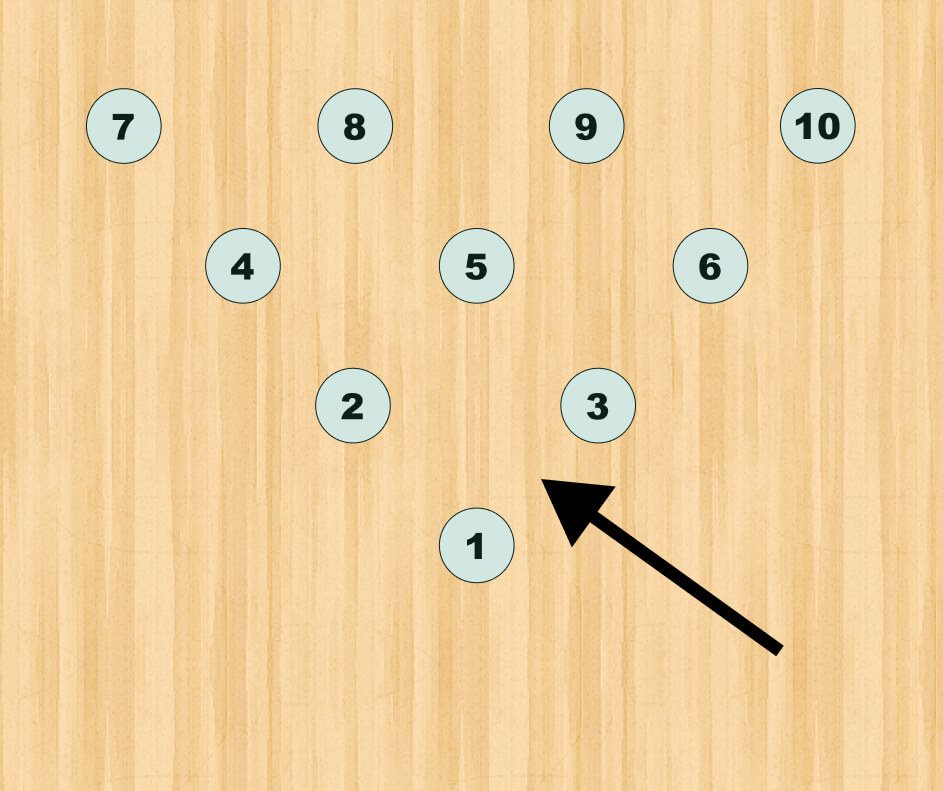
Similarly, if the entry point into the pocket is too far to the right (around the 16 board), the ball might catch too much of the 3-pin, resulting in less effective pin action and leaving the 10-pin standing.
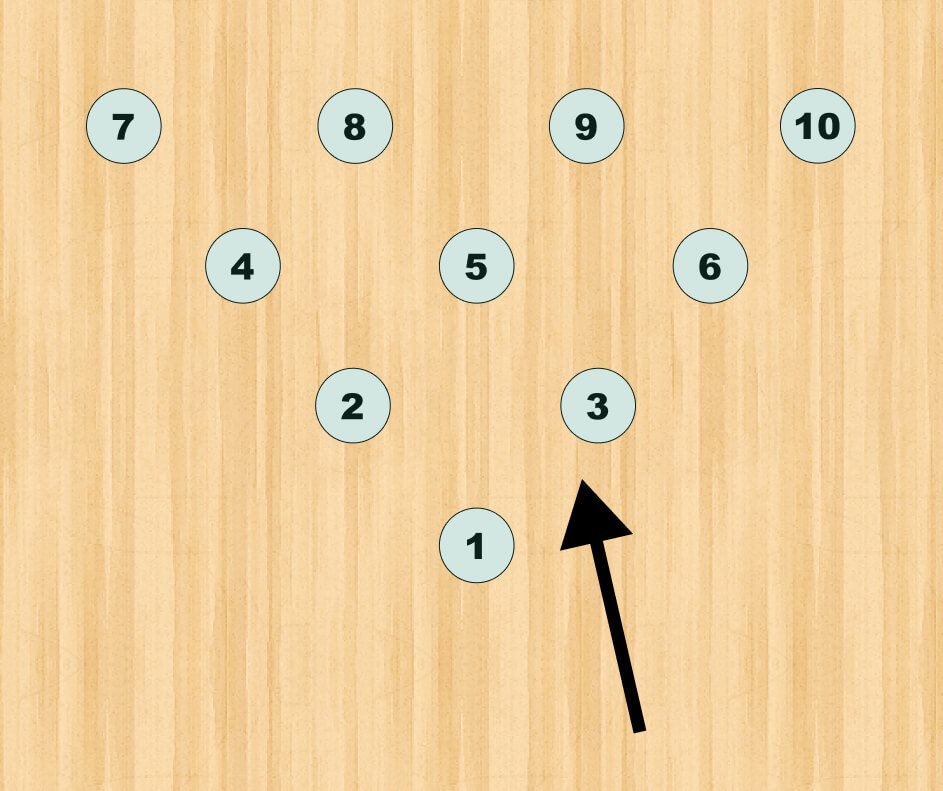
Pin Action on Light, Sharp, and High Hits
Pin action describes the movement and interaction of the pins upon impact with the bowling ball. When the ball makes a light hit on the pocket, the 3-pin may trail slightly behind the 6-pin, causing it to deflect around the front of the 10-pin.
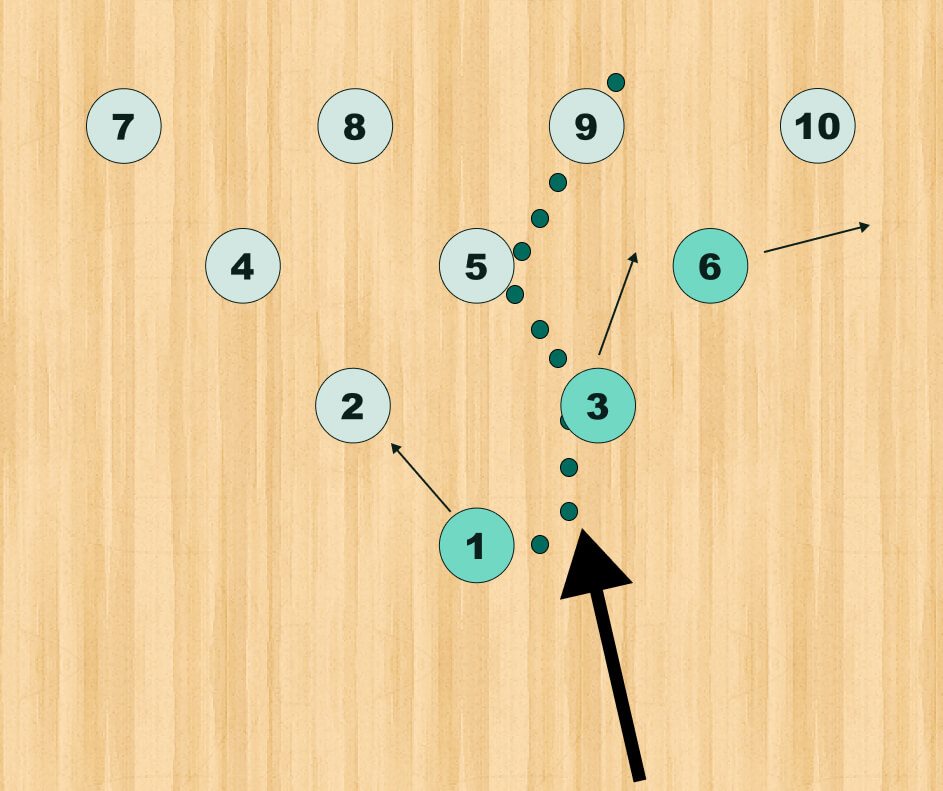
Conversely, a sharp angle of attack can lead to the 6-pin circling around the front of the 10-pin.
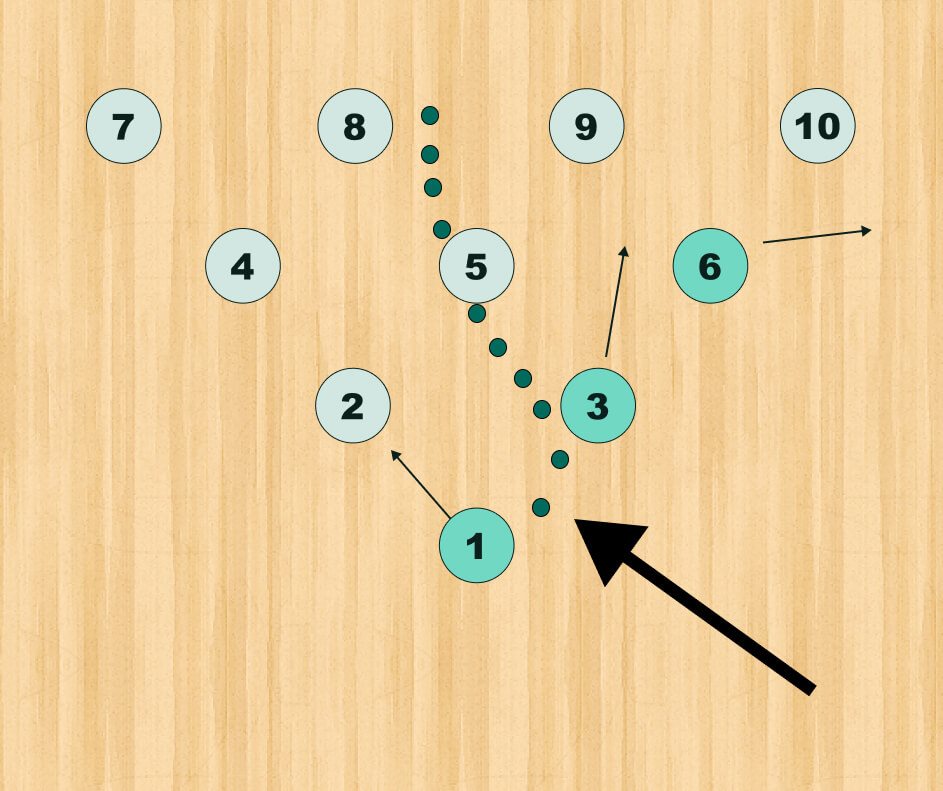
A high pocket hit may push the 3-pin back behind the 6-pin, resulting in similar outcomes. However, be cautious, as a powerful impact can also result in a stubborn 4-pin joining the 10-pin, complicating your spare conversion.
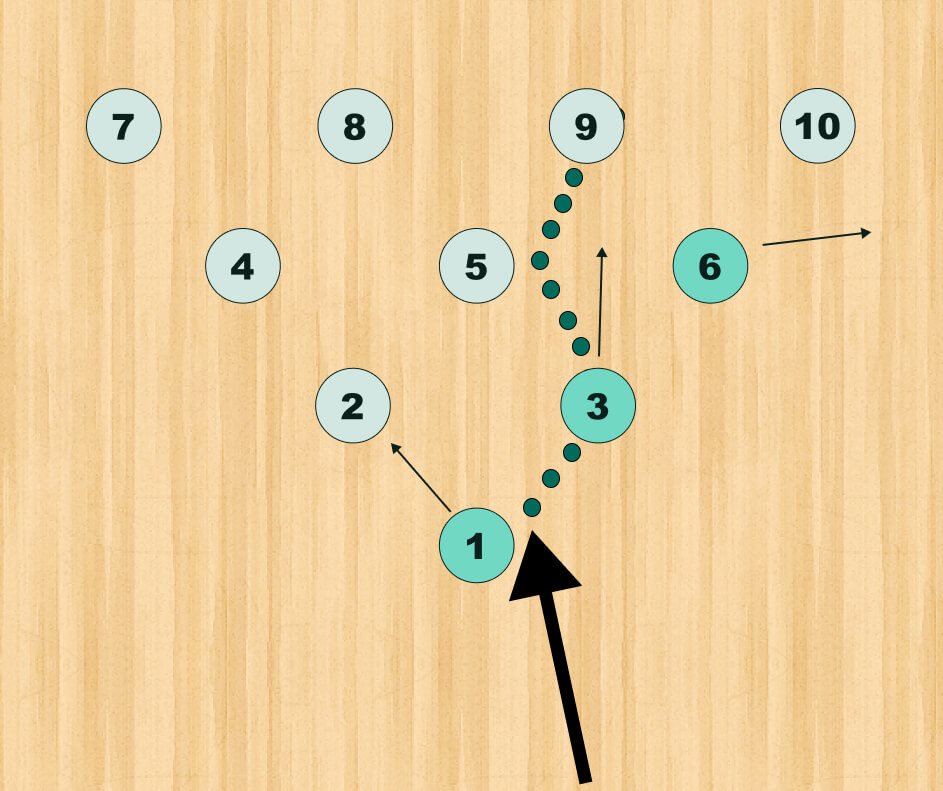
We call pocket hits like this the ringing 10-pin.
Typically this is because the ball did not see enough friction (dry lane surface) and couldn’t “roll up” in time which can be a result of throwing a ball that stores too much energy (a ball that stays in the skid phase too long) you are deep in the oil, or perhaps it was just user error such as missing your mark a little too much right (left if you’re a lefty), causing that steeper angle into the pocket – and that’s just one possible user error…
Addressing Weak 10-Pin Leaves
A "weak 10-pin leave" occurs when the ball lacks sufficient energy to drive through the pocket and effectively knock down the 10-pin. This could result from the ball losing energy prematurely due to factors such as hooking out or rolling out before reaching the pocket. This happens when the ball is too strong and there is not enough oil, causing the ball to go too straight into the pocket and deflect right. Adjusting your position deeper into the oil, polishing the ball surface, adjusting release technique, or selecting a ball with characteristics suited for retaining energy (longer skid phase) and maintaining trajectory down the lane can help address weak 10-pin leaves and improve overall pin carry.
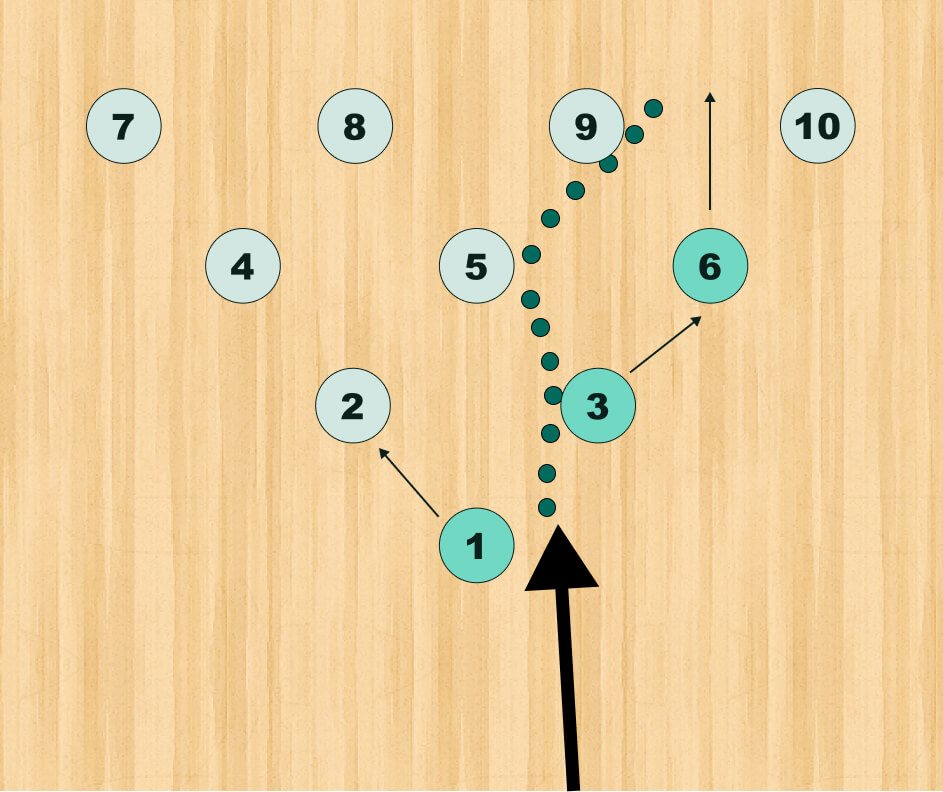
Observing Ball Exit and Adjusting Technique
Monitoring where your ball exits the lane after making contact with the pins provides valuable feedback on your shot's effectiveness. Ideally, the ball should exit slightly left of the 9-pin (for right-handed bowlers), indicating that it maintained enough energy to carry through the pin deck.
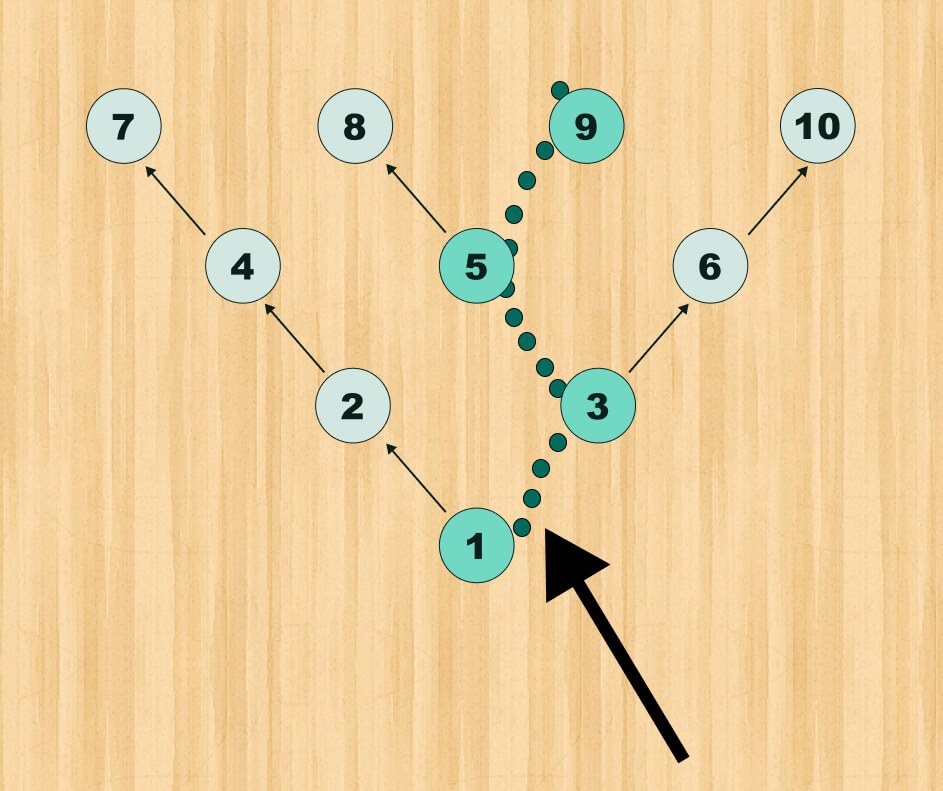
If the ball barely knocks down the 5-pin or deflects to the right of the 9 pin off the back of the pin deck, adjustments to technique may be necessary to optimize pin carry and minimize the frequency of leaving behind the 10-pin.
By understanding these concepts and making appropriate adjustments to your approach, technique, and equipment, you can increase your chances of consistently hitting the pocket and converting those challenging 10-pin leaves into strikes.
